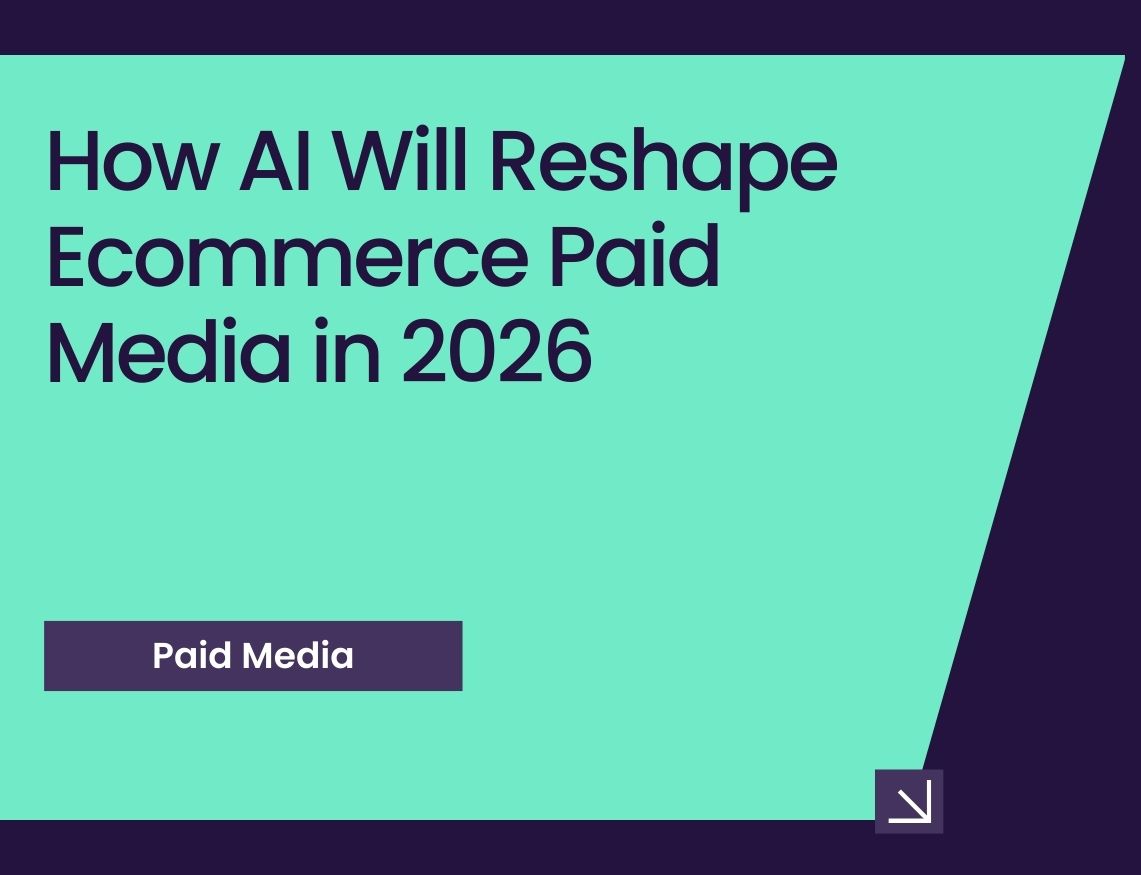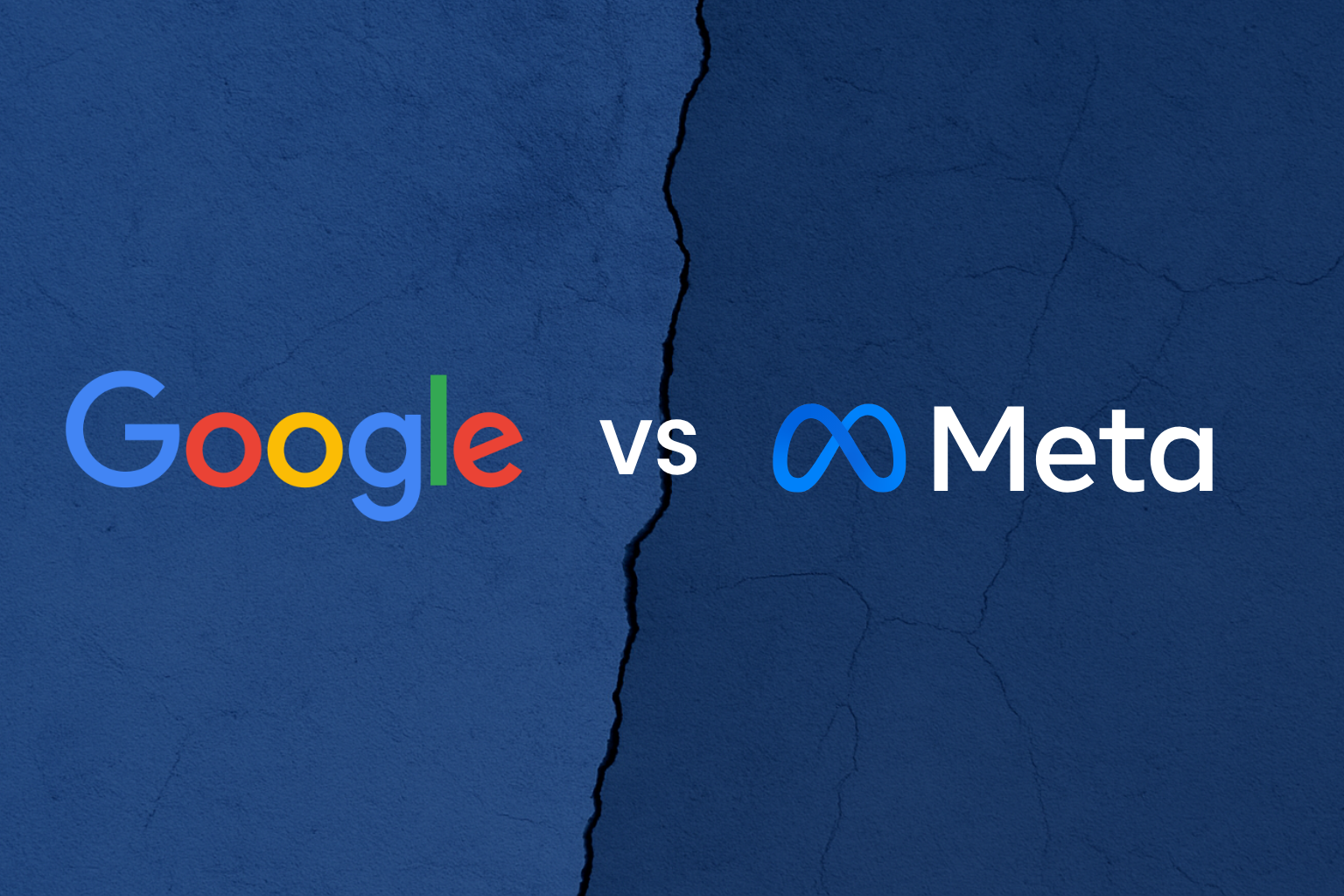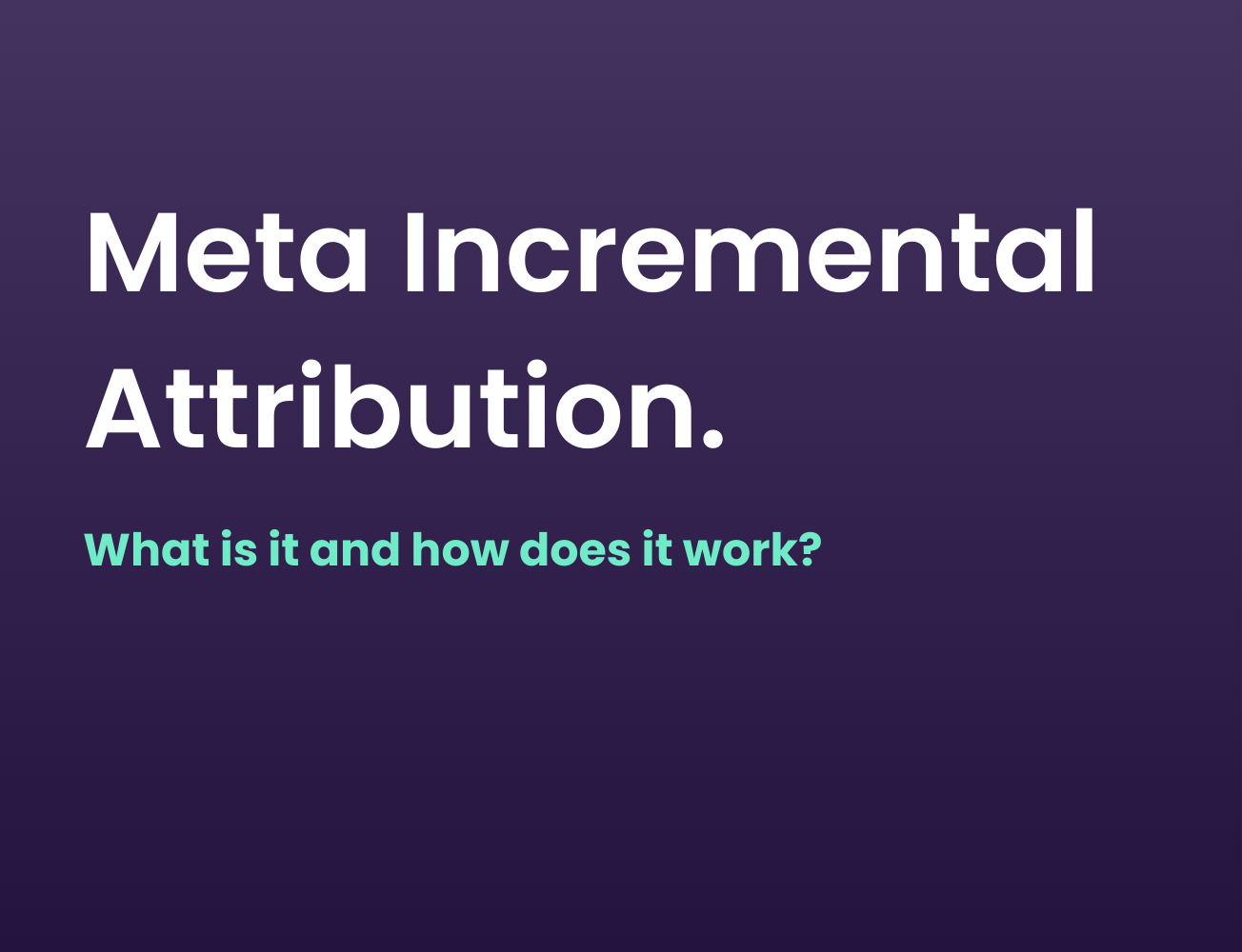Whether you’re a fast-growing DTC brand or an established fashion retailer, digital marketing success hinges on more than just strong creatives and campaigns.
In today’s competitive e-commerce environment, performance is everything - and that starts with product data.
As a digital marketing agency for fashion brands, we’ve worked with brands of all shapes and sizes to fine-tune their product feeds and campaign structures.
These small (but mighty) optimisations can have a big impact on your ad performance, from increasing conversion rates to lowering wasted ad spend.
Here are some must-have feed and campaign optimisations every fashion brand should implement.
- Product Title Optimisation: Keep It Clear, Relevant & Keyword Rich
This is, hands down, the most important optimisation you can make.
Your product titles are the main signal to platforms like Google Shopping:
A great title includes:
- Product type (e.g. “Silk Midi Dress” or “Slim Fit Blazer”)
- Material (Cotton, Wool, Leather)
- Colour - important to use standard terms. (translate terms like “Eggshell” to “White” or “Eggplant” to “Purple”)
- Brand Name
You can skip the size, as including this won’t help your visibility, and users aren’t usually searching by size.
- Assign the Correct Google Product Category
Many brands stop at assigning a product type like “Clothing” or “Shoes”, but going more granular helps Google better understand what you are selling, and this is vital if you are running Google Shopping or Performance Max activity.
While Google can automatically assign a category based on your product data, it’s often inaccurate - especially for fashion, where naming conventions can vary wildly across brands.
That’s why we always recommend manually assigning the most accurate category from Google’s product taxonomy.
Use a structure like:
- Clothing & Accessories > Clothing > Outerwear > Coats & Jackets
- Clothing & Accessories > Shoes > Boots
Avoid using broad or mismatched categories like Clothing & Accessories > Jewellery, which could hurt your ad relevance and visibility.
3. Stock Fragmentation Rules: Avoid Wasting Budget
Ever clicked on a Shopping ad only to land on a page where the only available size is XL or XS? It’s a bad user experience and even worse for your ad spend.
With the right feed platform, you can implement stock fragmentation rules. This allows you to exclude SKUs with low availability (e.g. only 1 size left), or when fewer than two core sizes (S/M/L) are in stock.
This is one of the smarter product feed optimisation tactics we use across our fashion clients performance marketing.
4. Exclude Low-Intent Products
Don’t let your automated campaigns burn through budget on low-margin or one-off items.
For example, accessories that are under £10. Niche categories with low search volumes, or out-of-season stock that’s not relevant right now.
Use custom labels to group these products, then exclude them from your Performance Max, Shopping or Dynamic Remarketing campaigns. It’s a simple but effective way to improve your digital marketing performance.
5. Optimise Product Imagery for Shopping Feeds
You’ve probably spent time making your product pages look great - but are your feed images doing the same job?
The first product image is usually what gets pulled into your feed and ads, but what works on your website might not perform well in a shopping ad or across a dynamic ad on Meta.
We recommend:
- Reviewing your top 10-30 products by ad spend
- Checking the image that is pulled into your feed
- Creating manual image overrides for any products that are poorly cropped or unclear.
Sometimes, a clean ecom cut-out or studio shot will outperform lifestyle imagery, especially on Google.
A Quick Note on Feed Tools (And a Shoutout)
We usually manage feeds using DataFeedWatch - we’re big fans.
It’s flexible, fashion-brand friendly, and makes it easy to build rules, clean up product data, and stay on top of things like Google Product Category (Shoutout to DFW for saving us from Google sheet supplemental feeds).
That said, there are other great platforms out there too - like Feedonomics, FeedOptimise, Channable and more - depending on your budget, scale and tech stack.
Whichever platform you use, the key is this: set it up once, then keep refining. Your feed is never “done” - especially in industries like fashion, where collections are constantly changing.
Final Thoughts?
At the end of the day, all the flashy campaigns in the world can’t make up for poor product data.
Whether you’re running Google Shopping/Pmax, experimenting with Meta Advantage+ Catalog Ads or even trying out TikTok Spark Ads, optimising your product feed ensures your budget is being put to work.
As a fashion digital marketing agency, we help brands turn their feed into a conversion driving tool.
.png)
.png)

.png)

.jpg)


.png)
.png)

.png)


.svg)
.svg)
.svg)
.svg)